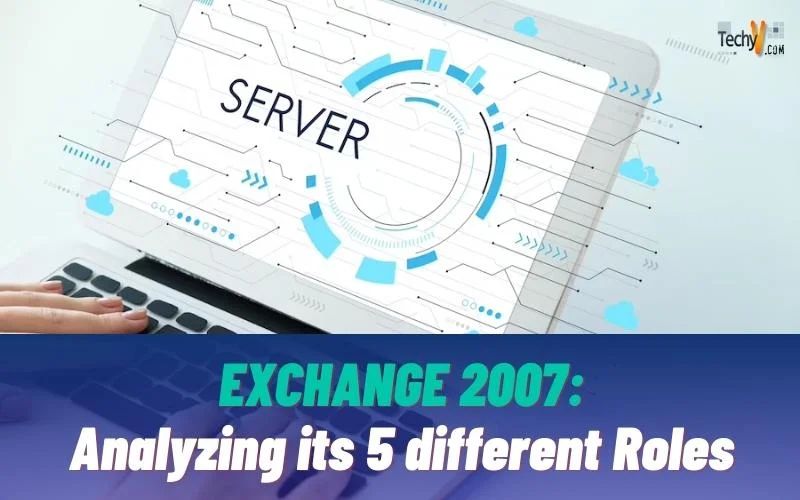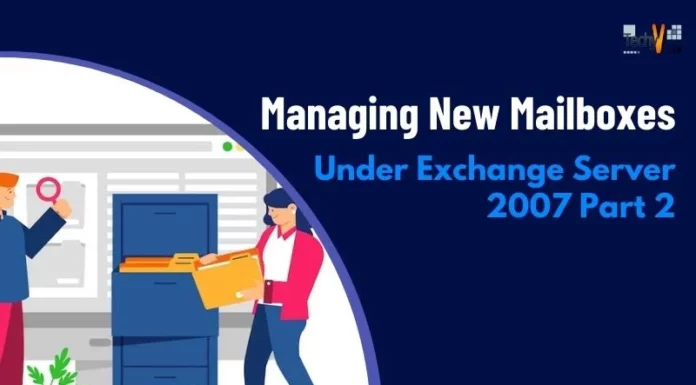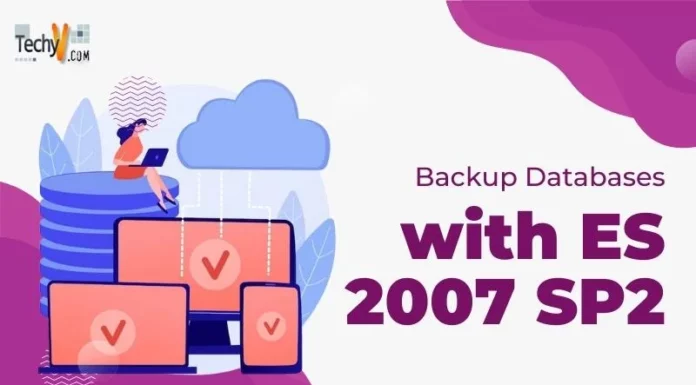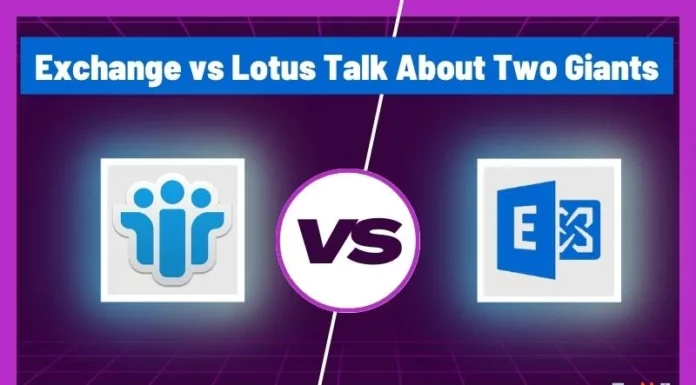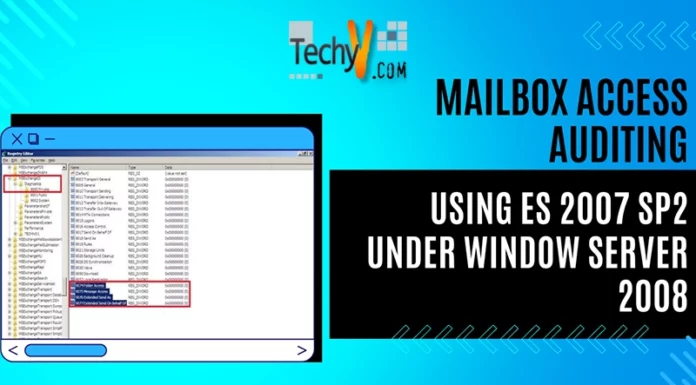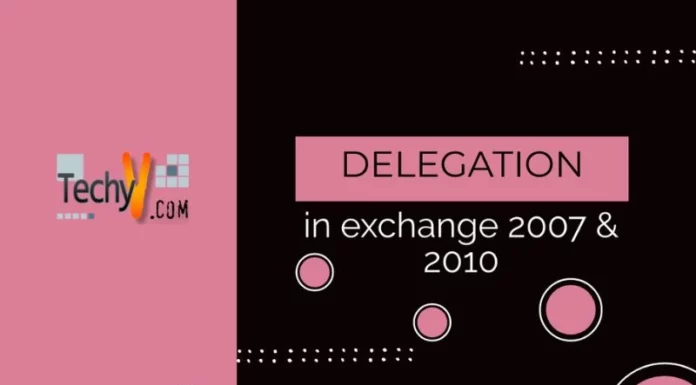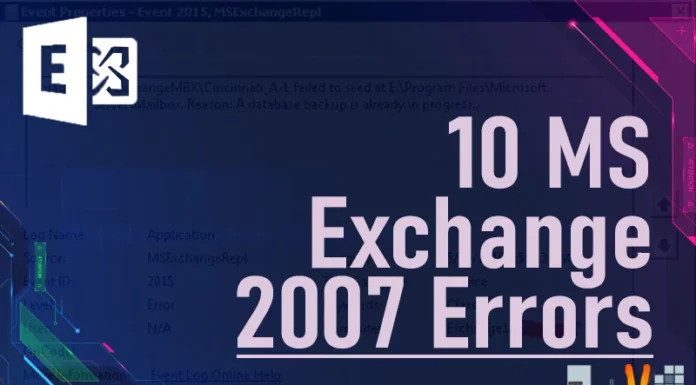Exchange 2007 roles explained each of the 5 roles
Exchange 2007 features a brand new concept for the Exchange organizations. This feature involves the theory of server roles, the workings of which is quite similar to that of how the Windows server is capable of hosting more than one role at a time. A comparable configuration is now implemented in the Exchange Server 2007.
A server role is a server functionality which allows an administrator to split the various functions of the Exchange Server and place either every role or a combination of roles on various different servers within the organization. This method is done for various purposes such as management reasons, performance reasons, or any other possible reasons deemed essential as per the policies of the organization.
As per the existing Exchange servers, one can just either make a Front End Server or a Back End one But, the Exchange 2007, offers five different roles to Exchange Organization which includes the following: The Hub Transport, The Edge Transport, The Mailbox, Unified Messaging and Client Access.
Below is a brief description about each one of these five different roles.
Hub Transport Role
It is a role which is held responsible for all the internal mail flow. It is quite similar to the one known as the bridgehead server within the Exchange 2000 or 2003 organization. In fact, this role was originally known as the Bridgehead Role. Over time, its name got changed and was popularly known as the Hub Transport Role today. The Hub Transport server, along with other various server roles, is installed on the member server or servers within the Active Directory domain. ADAM and the other roles except for the Edge Transport are required on this since they have access on the Active Directory. As a member of the AD Domain, their configuration is stored within the AD and any of the other Hub Transport servers.
The inbound mails are known to be accepted from Edge Transport and are then passed on towards the mailbox of the users. After that, all the outbound mails are relayed from the Hub Transport towards the Edge Transport and finally out to internet. Edge Transport’s anti-spam and anti-virus features may easily be configured on Hub Transport with a view of reduction of numbers of servers required.
The Edge Transport
The Edge Transport Role is installed on edge of the network, thus appearing to be installed on a standalone server, which basically is not a member of Active Directory domain. Since the server is not an AD member, the Active Directory Application (ADAM) is used to synch the AD with the Edge Transport Server.
Edge Transport role is known to perform several different functions such as anti-virus and anti-spam protection. It makes use of connection filtering, recipient filtering, content filtering, sender ID, sender IP and sender reputation in order to decrease the overall quantities of Spam delivered to the mailboxes of the end users. One of the most important features includes the capability of the Outlook 2003 and 2007 to integrate the spam settings in the Edge Transport Server to increasing the accuracy and efficiency of these filters.
The Mailbox
The Mailbox Role is the simplest of all the five roles. It is responsible in holding the Exchange databases, which contains the mailboxes of the users. It is the place, wherein the Public Folder databases reside when the Public Folders option is enabled. Unlike other organizations, this is not enabled by default within the Exchange 2007.
Unified Messaging
Unified Messaging Role: This is the coolest role among the five. The Unified Messaging Role is responsible for the merging of the VOIP infrastructure with the Exchange organization. The merging allows for several things to be done including the fax, combined voice, and mail in a single mailbox. The other features include accessing to the voice and fax, and mailing them through multiple interfaces. People who need to check their voicemail can simply connect to the internet and access the Exchange Server using the Outlook Web Access. The voicemail can then be accessed in email messages in the form of attachments.
In addition, it offers features such as calling the Exchange server, which can create appointments in the user’s calendar. As soon as an appointed is created, an e-mail notification will be sent to the identified attendees. Unified messaging seems to have the potential of changing the users’ way of accessing fax, voice, and emails. A bonus is that these features can be utilized using the phone system, but certain special hardware would be required for this.
Client Access
The Client Access Role appears quite similar to the one held by the Front-End server in Exchange 2000 or 2003 organization. Client Access server is basically the one to which the users connect through their mobile devices, mail clients, and even web browser. It handles almost all of the connections, irrespective of their places of origin, which may be any of the applications like Outlook 2003, 2007, Outlook Express or in other cases, another client. Moreover, this server handles the connections made through mobile devices like smart phones, Windows Mobile, or any other device. The connection is made possible by the Exchange ActiveSync.
Furthermore, this role provides the Outlook Web Access (OWA) its capability of allowing the users to access their mailboxes via web browsers. The users will also be able to have complete access to all sorts of information in their mailboxes including the task list, mail items, calendar information, and public folders. One of the latest functions of OWA includes the UNC access and SharePoint. Now, the users can already access the SharePoint document libraries as well as the UNC share path, decreasing the requirement of configuring the complex VPN.
All the above information brings light to each and every role of Exchange 2007 and provides detailed explanations regarding their capabilities.



